|
|
|
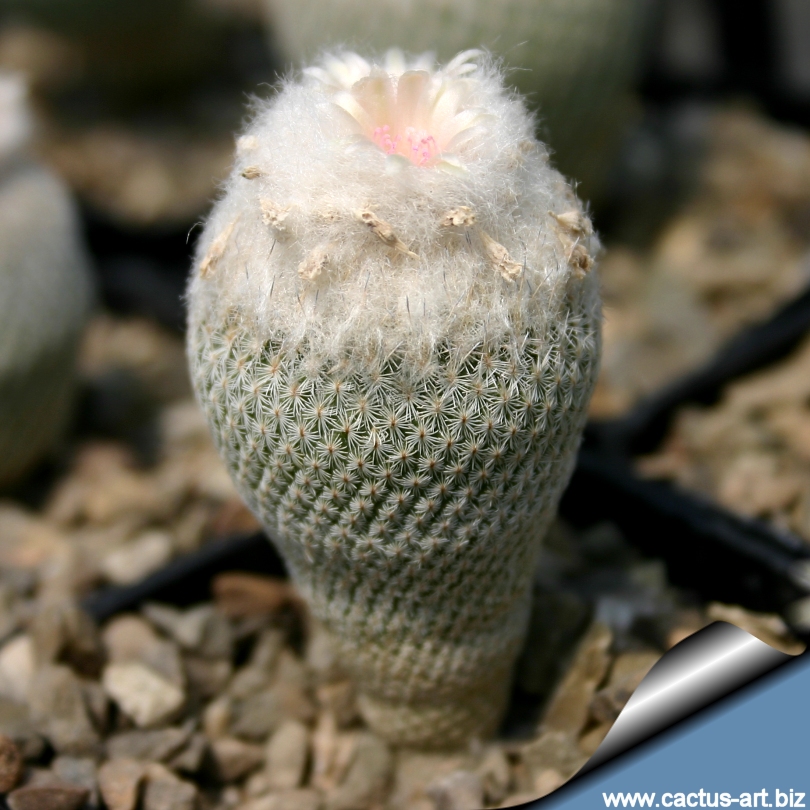
Epithelantha pachyrhiza SB325 Higueras, Coahuila, Mexico
Flowers are pink and
inconspicuous, just distal portion visible, as they barely stick out
above the wool.
|
|
Description: E. pachyrhiza is a
slow growing rare miniature species, erect to prostrate usually
unbranched [or rarely branched], not deep-seated in substrate.
Stem: Thin-necked, spinning top shaped only partially covered
with spines. It grows to about 10 cm tall and elongates with age.
Spines: White to pale orange-tan or bluish-tan, that are smaller
than in
E. micromeris.
Roots: The roots are distinctly tuberous to carrot-like.
Flowers: Pinkish-white .
|
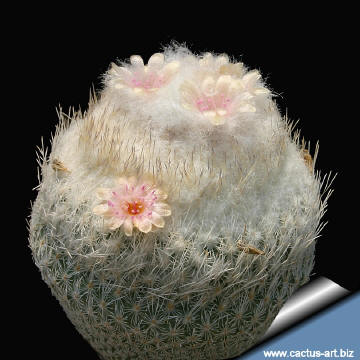 |
 |
|
. |
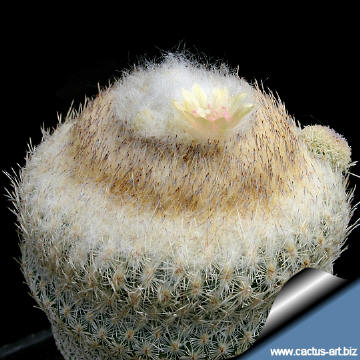
Apex
of the old specimens with a flowers almost |
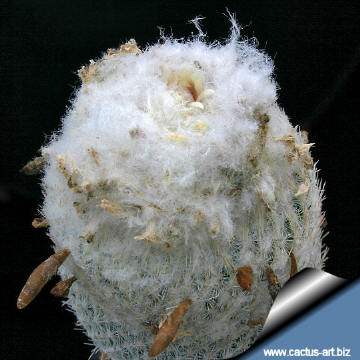
completely concealed among wool.
|
|
. |
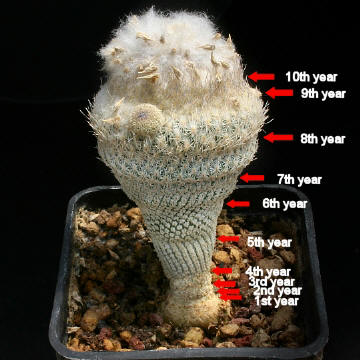 |
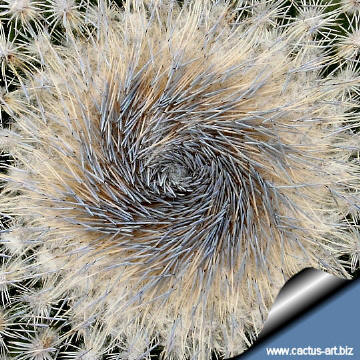 |
|
. |
|
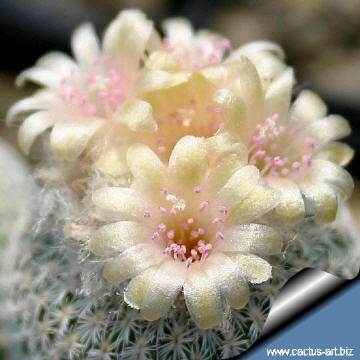
Flowers |
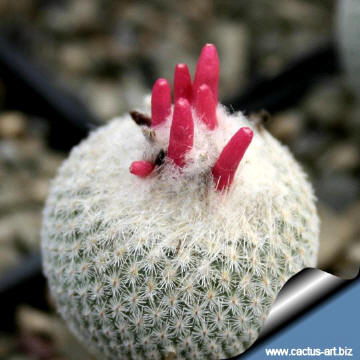
Fruits |
|


Advertising
|
|
|
|
|
Family:
Cactaceae
(Cactus Family)
Scientific name:
Epithelantha micromeris subsp. pachyrhiza (Backeb.) N.P.Taylor
1998
Origin: Strictly endemic species found on a very
small area on the Southeast and Northeast of Saltillo, Coahuila,
Northern Mexico.
Conservation status: Listed in
CITES appendix 2.
Synonyms:
Taxon
synonyms:
- Epithelantha micromeris ssp. pachyrhiza
(W.T.Marshall) N.P.Taylor
- Epithelantha pachyrhiza Backeb.
1954
- Epithelantha micromeris var. pachyrhiza

Stems thin-necked, spinning top shaped, with fat
tuberous roots.
|
|
|
|
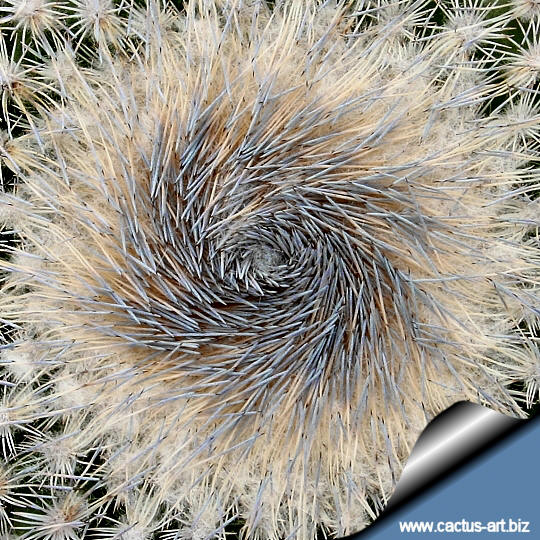
New spines in sub-adult plants are of an unusual blue-tan or
orange-tan colour.
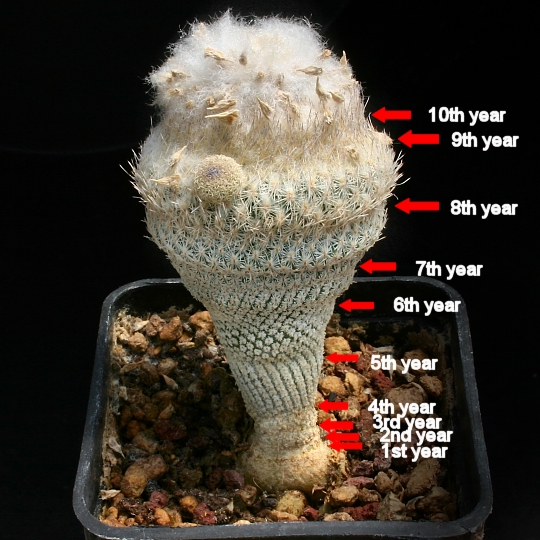
This long known specie is still rare in the trade, but definitely one of
the the most interesting and beautiful of the genus.
Cultivation:
Although regarded as a choice and difficult plant, in
cultivation it is relatively easy, but very slow
growing.. These plants need very coarse
potting soil that
drains well (rot prone).
Frost Tolerance: Depending on the variety, it will take
-5° C (or
less) (Temperature
Zone: USDA
8-11)
Sun Exposure: It requires strong sun to part sun to
develop good spinal growth,
but some
summer shade in the hottest hours of the day is beneficial. Assure a good
ventilation.
Waterings should be rather infrequent, to keep
the plant compact and not become excessively elongated or unnatural in
appearance. If the plant becomes to much tall it will lean on a side
because the thin neck cannot support the weight of the stem, to keep the
plant erect one could either repot it into a deeper pot and bury part of
the neck in gravel to give it some support or one could place a couple
of nice stones/rocks either side of it to support it. The only trouble
with burying the neck with white spined plants like Epithelantha is that
the neck can act like a wick when you water and cause brown staining to
the plant, watering from the bottom reduces this somewhat.
Propagation: It can be reproduced both by seeds and cuttings, but it
is often grafted because difficult and slow to grow on its own roots.
Older specimens shoot
tillers from under tubercles,
so they can be grafted, which is a much easier way of propagation than
sowing.
Young seedlings are tiny and they need several years to reach
adult size, and require careful watering. |
|